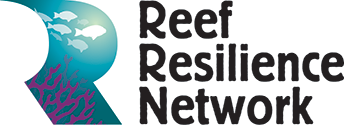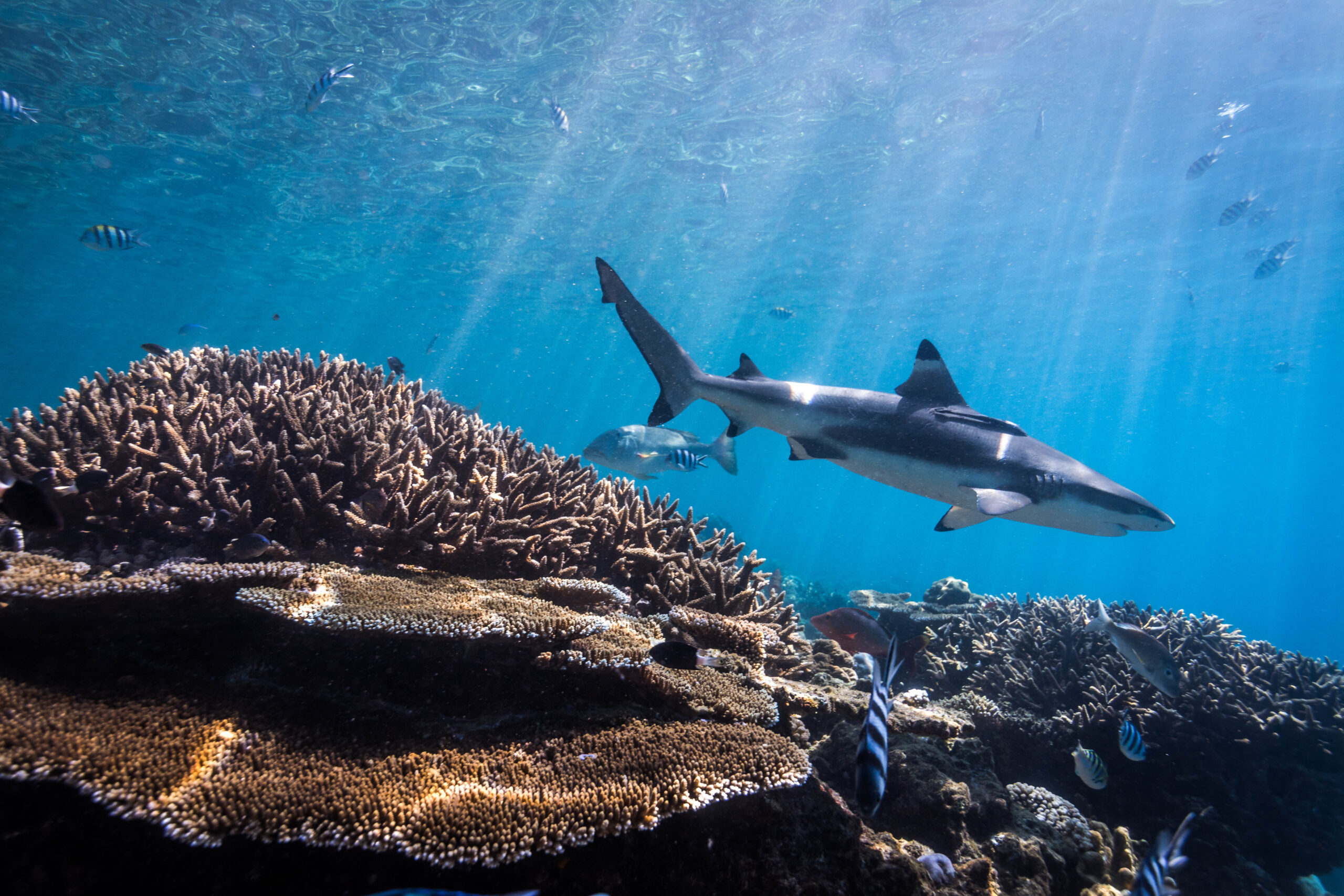This article investigated correlations between rainfall events, river runoff, and concentrations of Staphylococcus aureus and Enterococcus in nearshore waters. Background information about the health hazard of these bacteria suggests that little is understood about bacteria export from rivers to nearshore coastal waters in tropical ecosystems. The paper called for a standard for safe concentrations to be established. The Authors sampled a watershed in Hilo Bay on Hawaiʻi Island and found relationships between bacterial concentrations in river discharge and nearshore waters in all rainfall conditions. This supports the hypothesis that surface runoff is a primary pathway for bacterial transport into the marine environment, as it is more immediate than groundwater discharge. The study also identified correlations between bacterial concentrations and turbidity and salinity. These results draw attention to the need for improved understanding of watershed-scale transport to reduce pathogen loading. They identified an opportunity to develop and use predictive models for water quality in nearshore tropical environments to recognize and notify the public of health risks. The outcome of this study was a model using rainfall and discharge data to extrapolate health risks. The model can be used to alert recreators with more immediate knowledge of conditions and contamination in nearshore waters. While the Authors acknowledge that loading and bacterial persistence trends vary with climate, they emphasize the likelihood of increased pathogen loading because of more frequent and intense storms and increasing land development, leading to greater risks for water users in the future.
Authors: Economy, L.M., T.N. Wiegner, A.M. Strauch, J.D. Awaya, and T. Gerken
Year: 2019
View Full Article
Journal of Environmental Quality. doi:10.2134/jeq2019.05.0196


